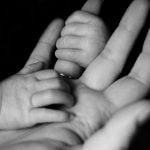Getting pregnant after a tubal pregnancy can be difficult and there are risks. Women that have had ectopic pregnancies often have damaged, scarred or blocked tubes.
There are 2 main reasons that fallopian tubes in women that have had ectopics might be abnormal.
- The tube was already damaged. Ectopics are often caused by scarred fallopian tubes which cause the early embryo to get stuck in the tube before it reaches the uterus.
- Sometimes the fallopian tube was normal until the tubal pregnancy. A tubal pregnancy can cause significant damage to the inner lining of the tube.
Ectopic pregnancy occurs when the fertilized embryo implants on a tissue other than the endometrial lining of the uterus. They are almost always in the fallopian tubes.
How to get pregnant after tubal pregnancy
- Wait a few months for the damaged area to heal. Then try on your own – with the understanding that you are at high risk for a repeat tubal pregnancy (see below).
- Or, have in vitro fertilization. We put 1 or 2 embryos into the middle of the uterine cavity with a very low risk for ectopic.
Fertility after ectopic pregnancy – chance for a successful pregnancy after a tubal pregnancy
- Tube sparing surgery for small unruptured ectopics results in open tubes after healing in about 80% of cases.
- The ratio of intrauterine to recurrent tubal pregnancy is about 6:1 but it rises to about 10:1 if the other tube appears normal.
After one ectopic and a tubal sparing surgery:
- The subsequent delivery rate is about 55%
- The recurrent ectopic rate is about 15% (so about 20% of pregnancies are ectopics)
- The infertility rate is about 30%
If the other tube is absent or blocked:
- The subsequent delivery rate is about 45%
- The recurrent ectopic rate is about 20% (so about 30% of pregnancies are ectopics)
- The infertility rate is about 35%
After 2 or more ectopics and conservative surgery:
- The subsequent delivery rate is about 25%
- The recurrent ectopic rate is about 25% (so about 50% of pregnancies are ectopics).
- The infertility rate is about 50%
As a woman has more and more ectopics, the chances for a live birth delivery (without IVF treatment) become less and less.
IVF after ectopic pregnancy
In vitro fertilization, IVF will be the best option for having a successful pregnancy for many women with a history of tubal damage and one or more ectopic pregnancies.
- Pregnancy success rates with IVF are excellent in (young) women with tubal problems
- Tubal pregnancy results from in vitro in only about 3% of cases
What monitoring is needed in a second pregnancy after ectopic pregnancy
- Any pregnancy after an ectopic needs to be carefully monitored in the early stage to confirm the location.
- After the missed menstrual period or positive home pregnancy test, blood hCG levels can be done to evaluate whether they are rising at an appropriate rate.
- By about 5 to 6 weeks of pregnancy transvaginal ultrasound can be done to confirm that there is a gestational sac and yolk sac within the uterine cavity.
- If that is not seen by six weeks, suspicion should be high for another ectopic
- Once the pregnancy is confirmed in the uterus, it can be treated normally
- Pregnancy after tubal removal
- Sometimes women will have both fallopian tubes surgically removed
- This can be due to ectopic pregnancies or other tubal or pelvic problems
- After the tubes are gone the only way to have a baby is with in vitro fertilization
- IVF has high success rates for women without fallopian tubes (or with damaged tubes)






